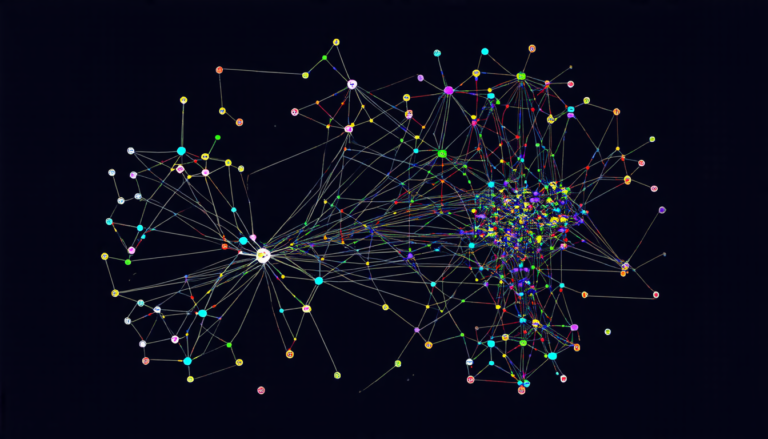Saturday 24 May 2025
Scientists have made a significant breakthrough in understanding how to detect changes in quantum systems, which could have far-reaching implications for fields such as quantum computing and cryptography.
In classical systems, change-point detection is a well-established field that involves identifying when a system has undergone a sudden shift or anomaly. However, when it comes to quantum systems, things become much more complex. Quantum systems are inherently probabilistic, meaning that measurements can’t be precise and outcomes are uncertain. This makes it challenging to detect changes in these systems.
Researchers have been working on developing algorithms for quickest change-point detection in quantum systems, which involves identifying the moment at which a change occurs with minimal delay after its occurrence. This is essential in many applications, such as detecting errors in quantum computations or monitoring quantum communication channels.
One of the key challenges in this field is dealing with the infinite dimensionality of quantum systems. Quantum systems can be thought of as having an infinite number of degrees of freedom, which makes it difficult to analyze and understand their behavior.
To overcome this challenge, researchers have developed a new approach that involves using operator algebras to study quantum relative entropy. This mathematical framework allows them to analyze the distinguishability between two quantum states, which is essential for detecting changes in the system.
The research team has also developed a novel generalization of Hayashi’s theorem, which provides a fundamental limit on the quickest change-point detection problem. This theorem shows that the expected delay in detecting a change in the system is directly related to the average false alarm time.
The implications of this breakthrough are significant. For example, it could enable the development of more accurate and efficient quantum error correction codes, which would be crucial for large-scale quantum computations. It could also improve the security of quantum communication channels by allowing for more rapid detection of any unauthorized access or tampering.
Furthermore, this research has the potential to shed light on some of the fundamental mysteries of quantum mechanics, such as the nature of entropy and the behavior of complex quantum systems. By understanding how changes occur in these systems, scientists may be able to gain insights into the underlying principles that govern their behavior.
In the future, researchers plan to build upon this breakthrough by exploring its applications in various fields and developing more sophisticated algorithms for change-point detection. This could lead to new advances in quantum computing, cryptography, and other areas of physics and engineering.
Cite this article: “Unlocking Quantum Change: A Breakthrough in Detecting Shifts in Quantum Systems”, The Science Archive, 2025.
Quantum Systems, Change-Point Detection, Quantum Computing, Cryptography, Operator Algebras, Quantum Relative Entropy, Hayashi’S Theorem, Quantum Error Correction, Quantum Communication Channels, Quantum Mechanics







